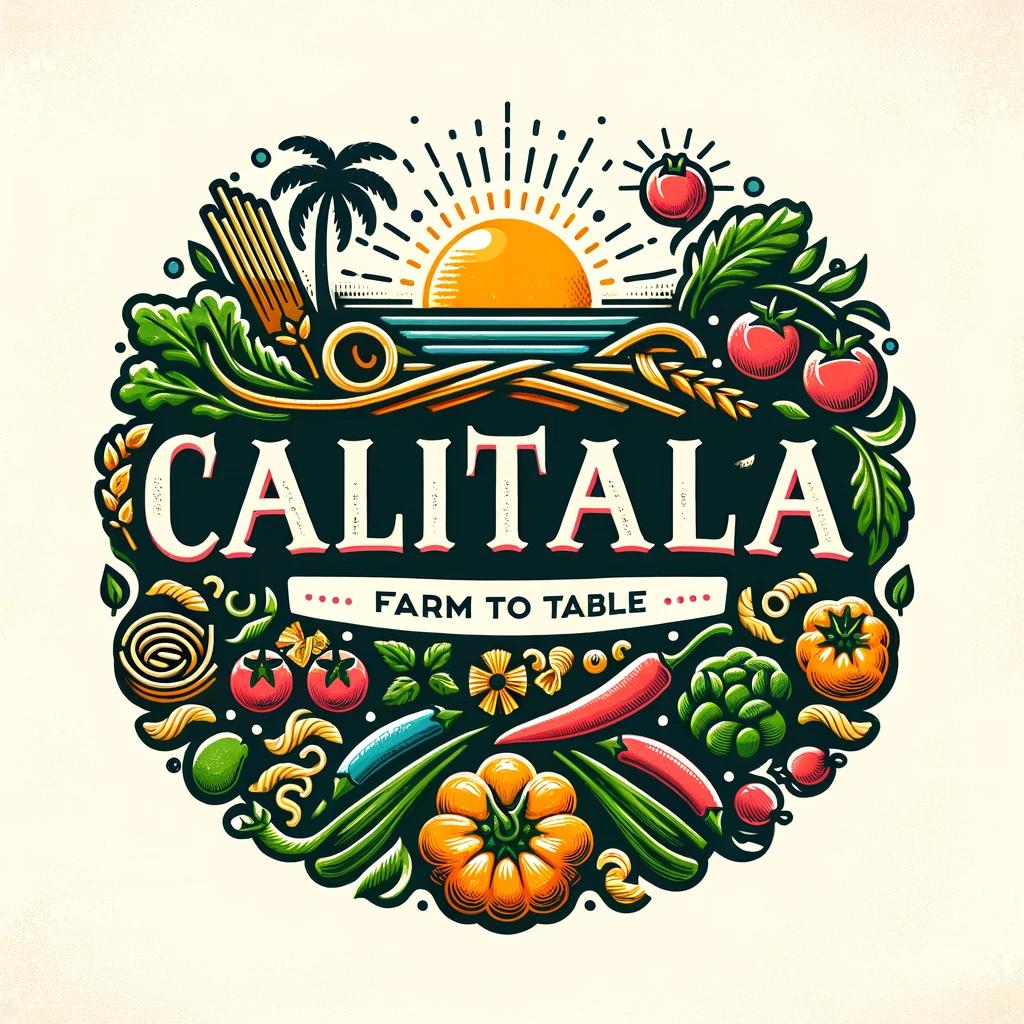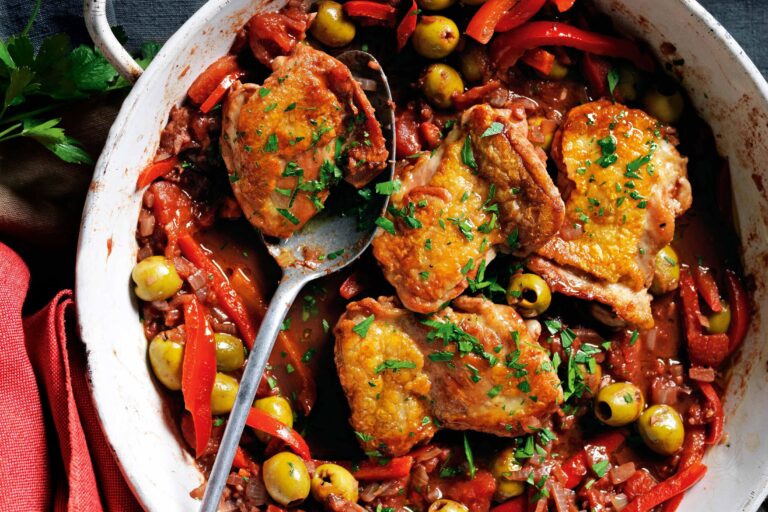Tucked between craggy cliffs and fragrant coastal scrub, Sardinia is a land of ancient traditions, bold cheeses, and untamed herbs. While pesto alla Genovese may be Liguria’s crown jewel, Sardinia offers its own interpretation—one that swaps basil for wild mint, leans into the salty sharpness of pecorino, and bursts with the island’s distinct identity.
Mint and Pecorino Pesto from Sardinia aka pesto di menta e pecorino is a refreshing, aromatic, and savory green sauce that feels like a breath of Sardinian air—cool, herbaceous, and alive with flavor. It’s a regional rarity, often passed down orally between generations, and it’s especially beloved in the interior highlands and coastal villages during the spring and summer months.

In this article, we’ll explore this unconventional pesto, its cultural roots, ingredient variations, and how to make and use it in your own kitchen.
Origins – Sardinia’s Wild Herbs and Cheese Culture

Sardinia is famous for its:
• Robust sheep’s milk cheeses (hello, Pecorino Sardo!)
• Wild-foraged herbs like mint, myrtle, and thyme
• A fierce attachment to seasonality and place
While the word “pesto” isn’t commonly used in Sardinian dialects, the method—crushing raw ingredients with olive oil and cheese—has long existed in traditional cooking. Instead of basil, locals turned to what grows around them: mint from terraced gardens, pecorino from local sheep, and olive oil pressed in village frantoi.
Pesto di menta likely evolved as a fresh herb sauce served over pasta, grilled meats, or boiled potatoes, especially in the hotter months when basil wilts and mint thrives.
Key Ingredients in Mint and Pecorino Pesto
This pesto is minimalist, with a focus on freshness and salt.
1. Fresh Mint (Mentuccia or Spearmint)
• Local varieties like mentuccia have a peppery, grassy bite
• Use young, tender leaves for best results
• Offers a cooling, menthol aroma unlike any other pesto

2. Pecorino Sardo (or Pecorino Romano)
• Aged sheep’s milk cheese from Sardinia
• Salty, sharp, with nutty undertones
• Balances mint’s sweetness with savory depth

3. Garlic
• Typically raw, but in small amounts
• Used to underscore—not overpower—the mint

4. Walnuts or Almonds (Optional)

• Occasionally used for texture and fat
• More common in inland, mountainous areas
5. Extra Virgin Olive Oil

• Sardinian EVOO is robust and green—perfect for mint
• Binds and softens the intensity of both mint and cheese
6. Lemon Juice or Zest (Optional)

• For brightness and to tame the menthol edge
How to Make Mint and Pecorino Pesto from Sardinia Step-by-Step
Ingredients:
• 2 cups fresh mint leaves (packed)
• 1 small garlic clove
• ½ cup grated Pecorino Sardo or Romano
• ¼ cup walnuts or almonds (optional)
• ½ cup extra virgin olive oil
• Juice of ½ lemon (optional)
• Salt to taste

Instructions:
1. Wash and dry mint leaves thoroughly
2. Toast nuts (if using) in a dry pan and cool
3. In a food processor or mortar, crush garlic and nuts until pasty
4. Add mint and pulse/grind until combined
5. Add cheese and pulse again
6. Drizzle in olive oil slowly while blending to desired texture
7. Stir in lemon juice, taste, and add salt as needed
The pesto should be loose but scoopable, bright green, and highly aromatic.
Flavor Profile – Fresh, Salty, and Surprising
Expect:
• A cooling aroma from the mint
• Salty, savory backbone from pecorino
• A touch of heat from garlic
• A creamy body if nuts are added
The first bite is refreshing and grassy, but it quickly deepens with a cheesy umami finish that lingers and makes you want more.
Best Uses for Mint and Pecorino Pesto

Pasta Pairings:
• Fregola – the Sardinian toasted pasta pearls
• Malloreddus – the island’s gnocchi-shaped pasta
• Orecchiette or cavatelli for texture
Tip: Reserve a spoonful of pasta water to help emulsify the pesto and coat the noodles evenly.
Beyond Pasta:
• Drizzle over grilled lamb chops or pork
• Toss with boiled potatoes for a Sardinian-style salad
• Spoon onto flatbreads or pizza bianca
• Swirl into yogurt or ricotta as a dip
• Serve with grilled vegetables or egg-based dishes
Variations and Local Twists
Northern Sardinia:
• Use almonds instead of walnuts
• Add a touch of myrtle honey for contrast
Coastal Villages:
• Lemon zest is common
• Sometimes paired with cured tuna heart (bottarga) grated on top
Inland Mountains:
• Add a handful of parsley to mellow the mint
• Occasionally includes breadcrumbs for thickening
Storage Tips
• Best eaten fresh due to mint’s delicate nature
• Will last up to 3 days in the fridge in a sealed jar with olive oil on top
• Not ideal for freezing (mint loses vibrancy), but if you must: freeze in cubes without cheese, and stir in fresh cheese after thawing

Final Thoughts – A Pesto for the Adventurous
Mint and Pecorino pesto from Sardinia is a flavor expedition—unexpected yet irresistible. It’s a reminder that pesto isn’t one recipe but a technique that flexes with land, season, and tradition.
With just a handful of ingredients, this bold, cooling, and savory pesto speaks to Sardinia’s wild heart—untamed, proud, and absolutely delicious.
Disclosure: Our blog contains affiliate links to products. We may receive a commission for purchases made through these links. However, this does not impact our reviews and comparisons. We try our best to keep things fair and balanced, in order to help you make the best choice for you.







